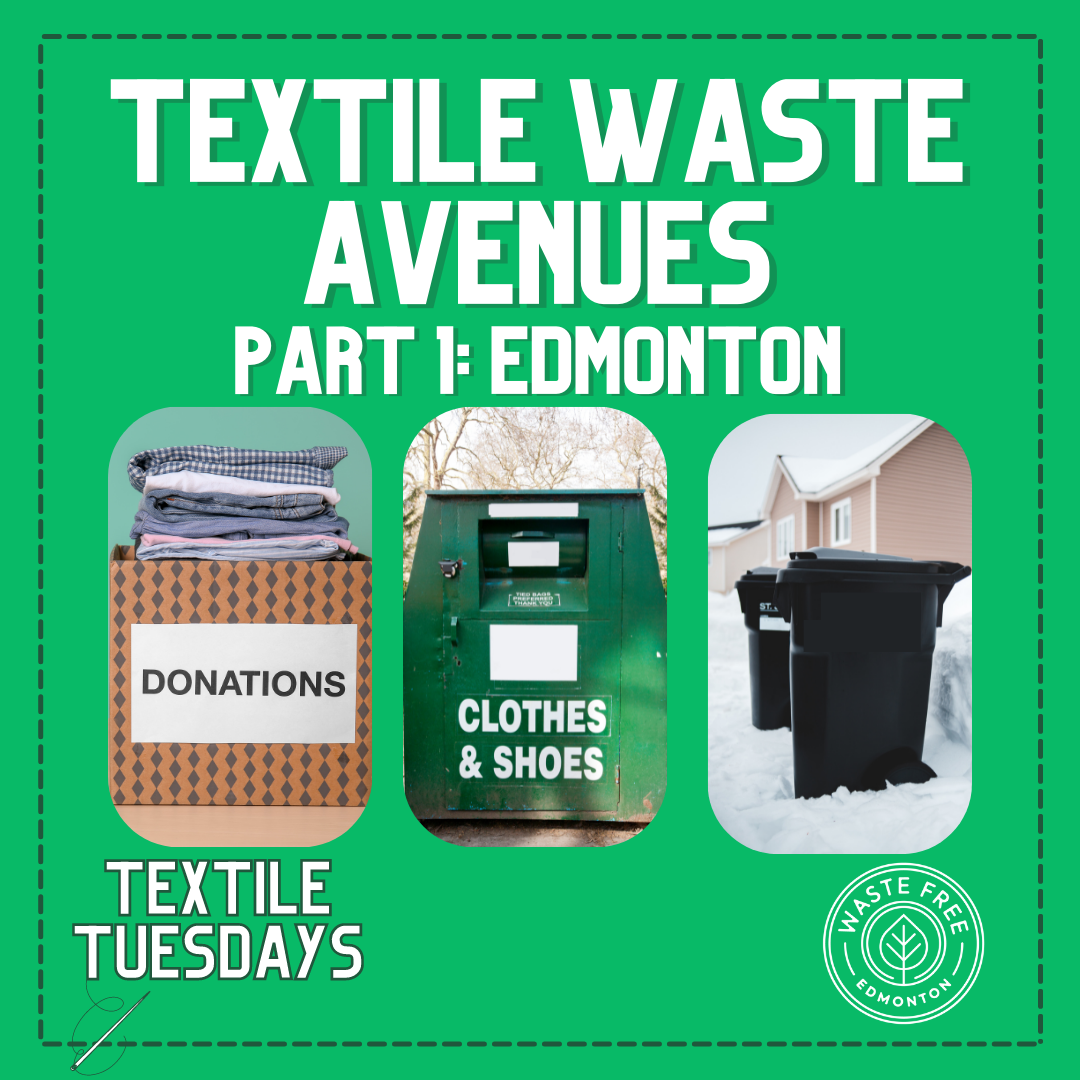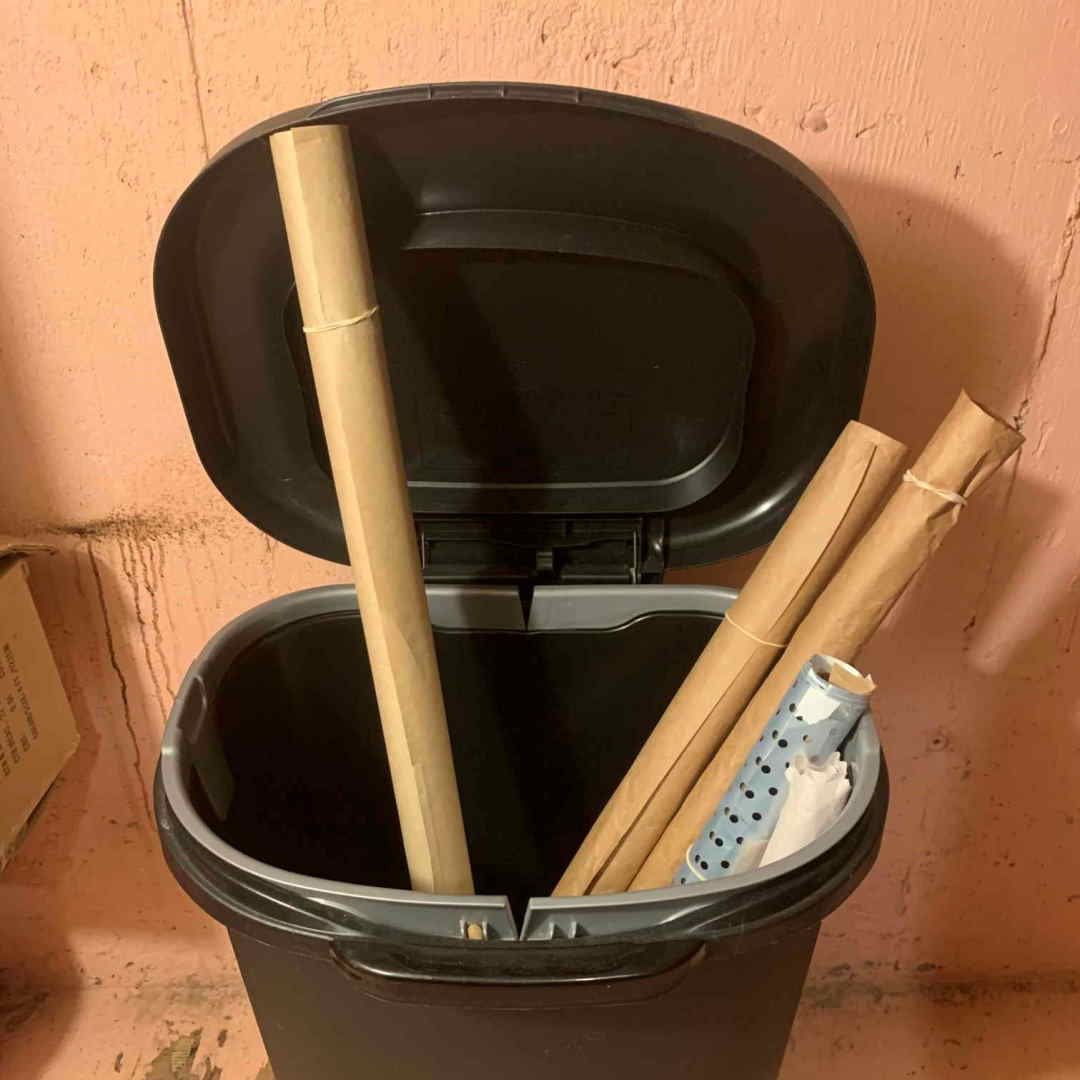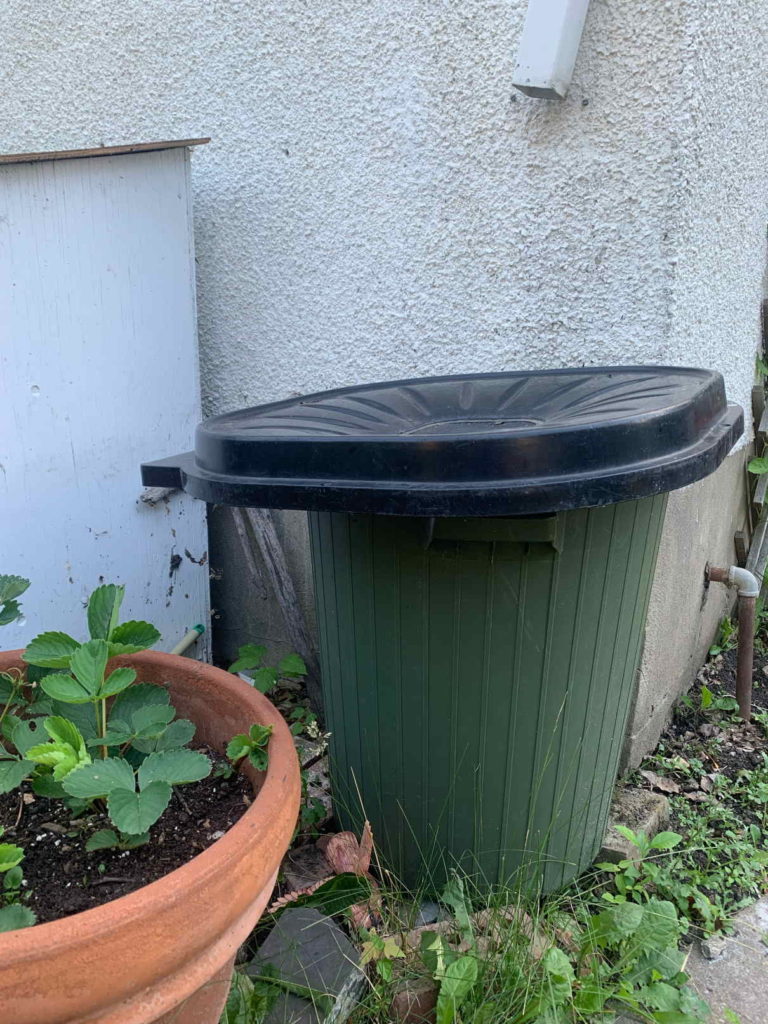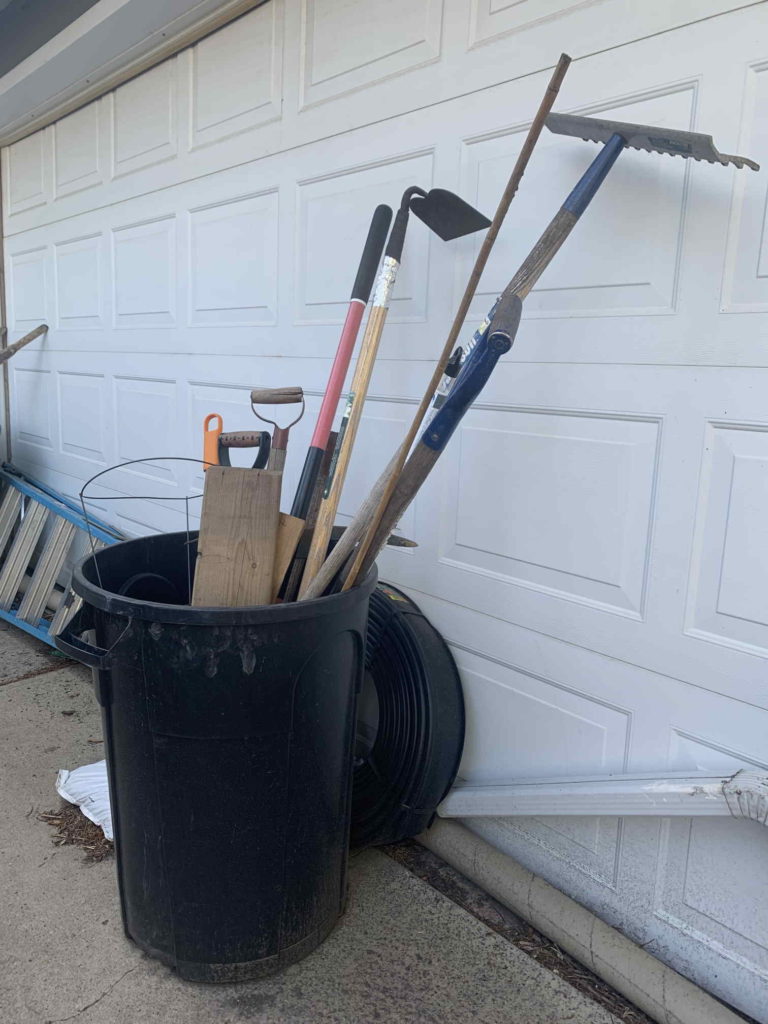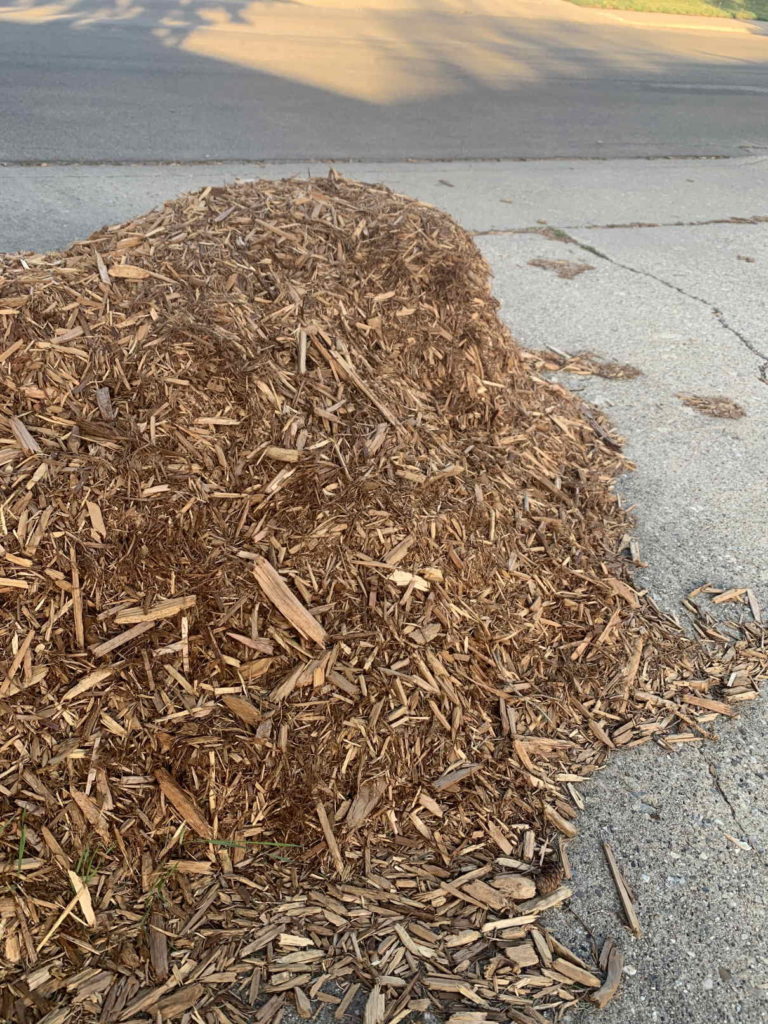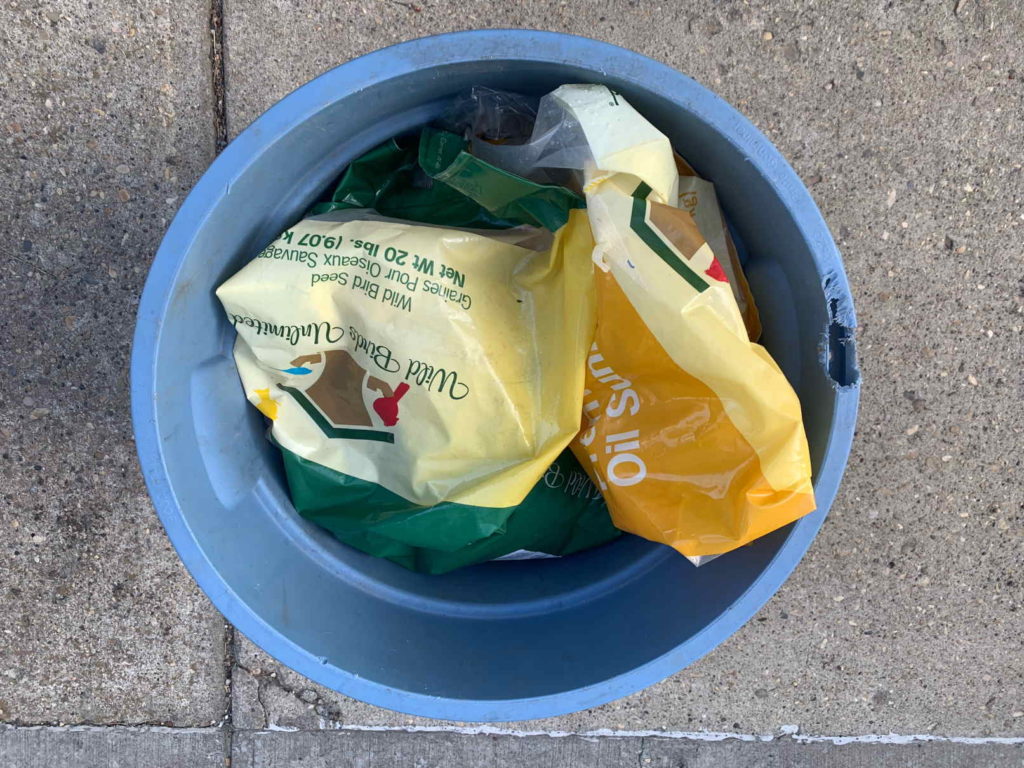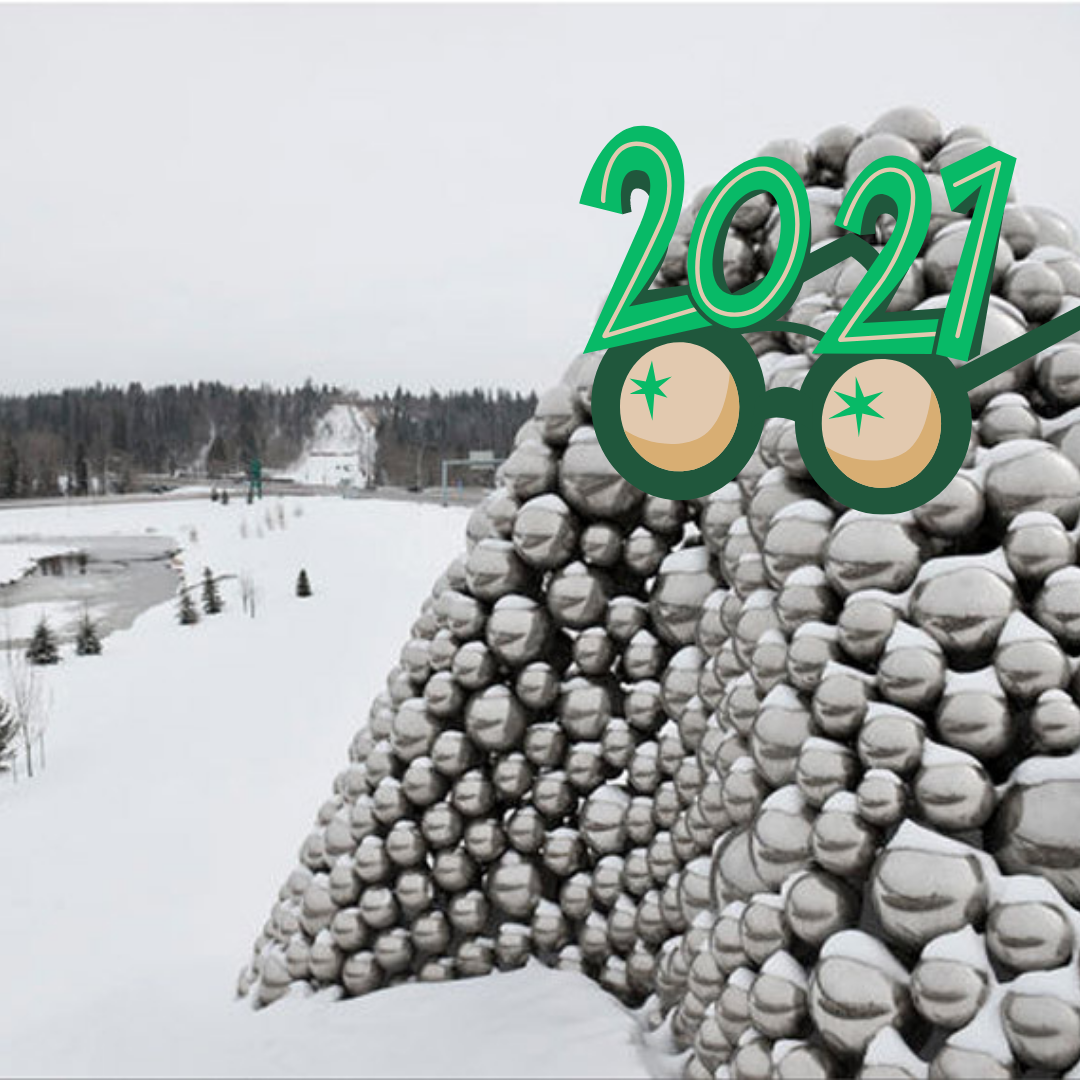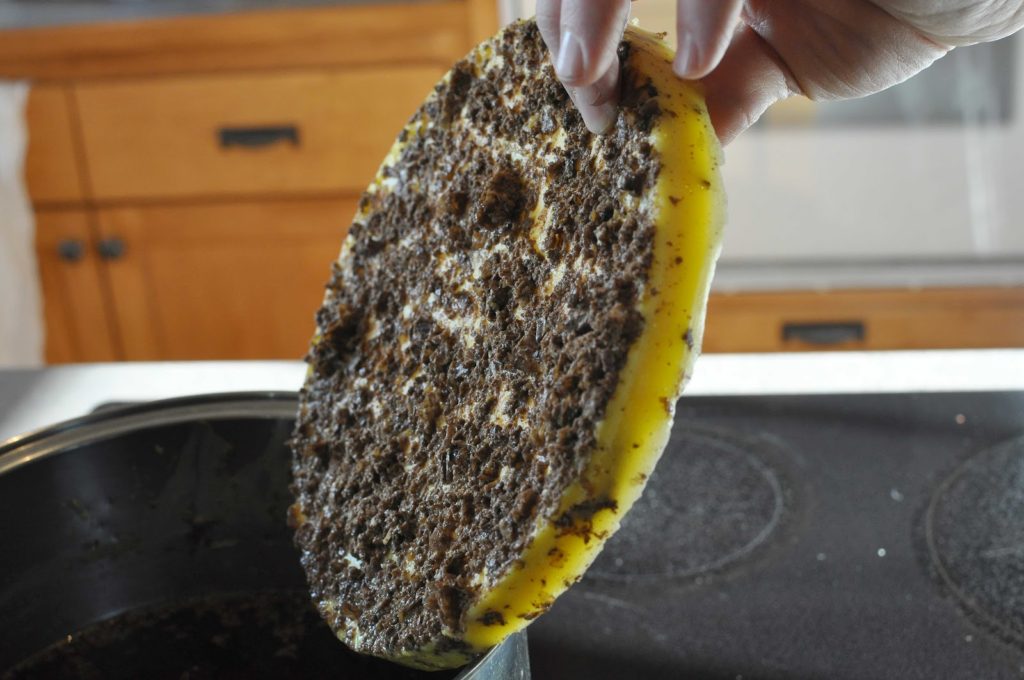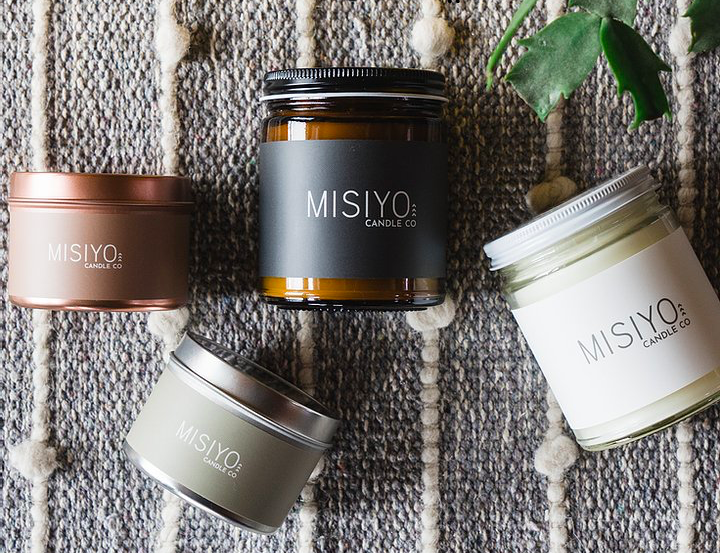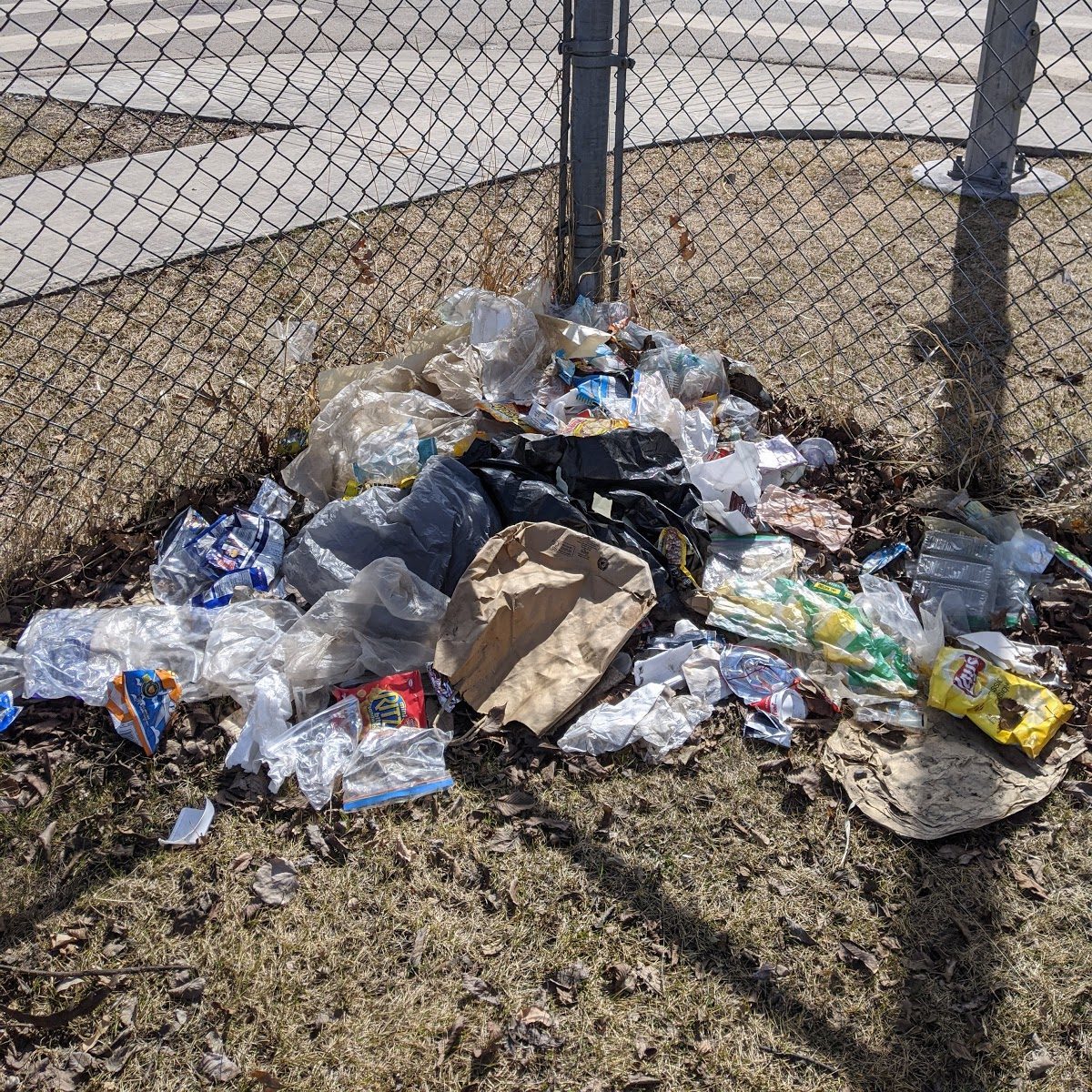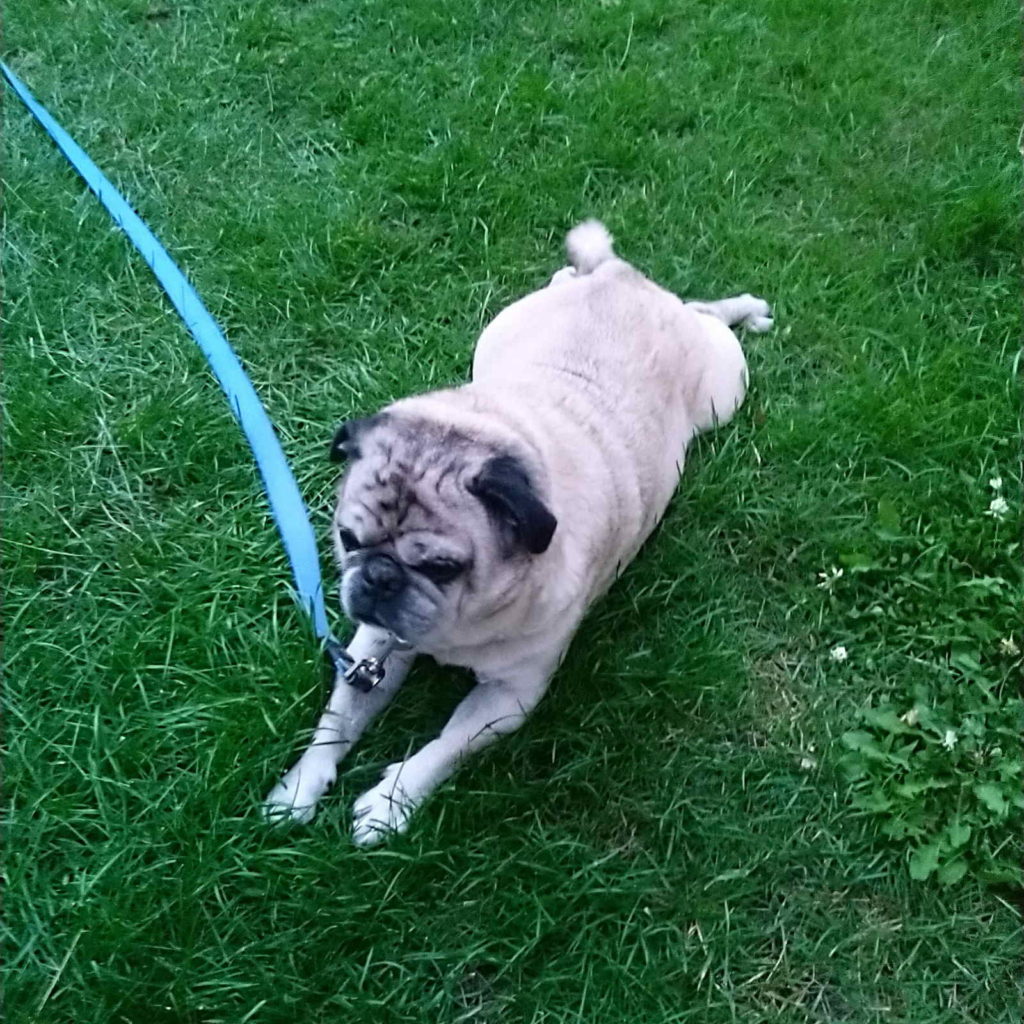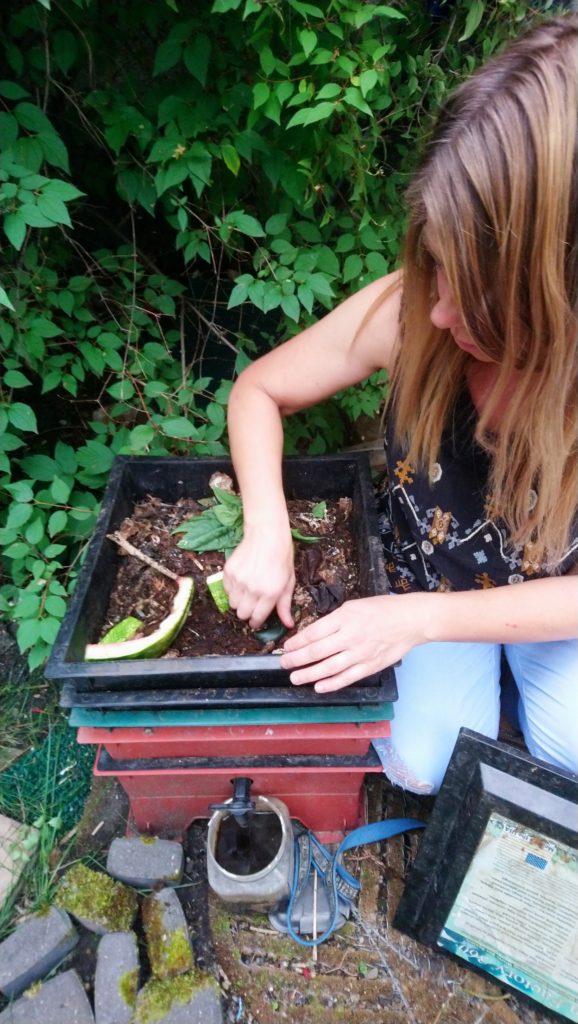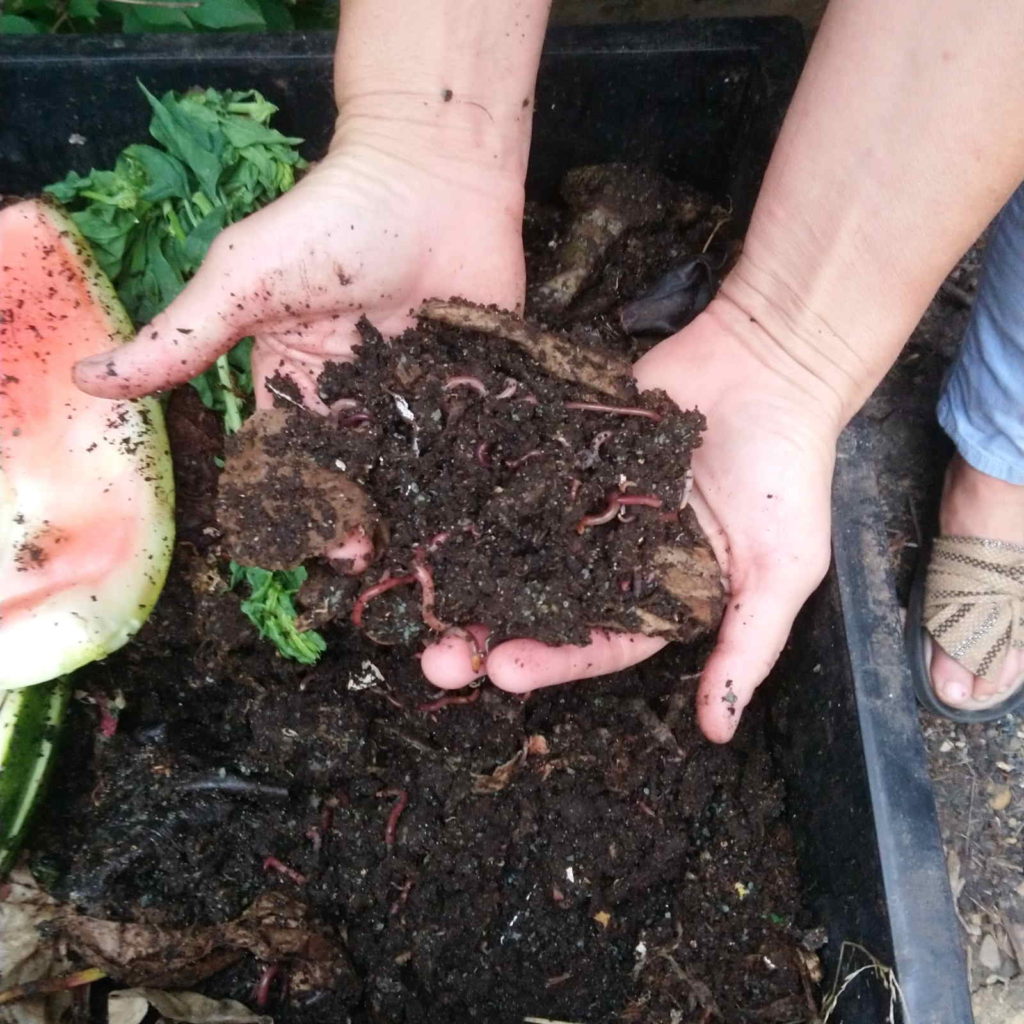According to the calendar, spring began on March 20. According to our waste collection calendar, spring started on April 2, as food scraps carts can be set out every week. The next few months are busy for Edmontonians as we prepare our yards and gardens for the growing season. The City steps in to help you deal with your yard waste in a few different ways. But what do those solutions look like, and are there other options?
WHAT IS YARD WASTE AND WHAT HAPPENS TO IT?
Many people reading this article might argue that yard waste isn’t waste at all. It is a valuable resource that provides our yards and gardens with a source of nutrients.
The most basic definition of yard waste is the one that probably comes to the front of your mind when you hear the phrase. It includes such items as: branches, leaves, fallen fruit, grass, and other plant material from your garden. The City’s definition for collection does not include kitchen or animal waste, tree stumps or trunks. There are other means of disposing of those items, which we will get to later.
Yard waste is picked up twice in the spring (and twice in the fall) on a designated Monday. Download the WasteWise app or refer to your printed calendar for your neighbourhood’s dates. This separate collection of yard waste four times a year allows the city “to create clean, high-quality compost, while keeping more waste out of the landfill” (source). This compost is available for residents to pick up for free from the Ambleside and Kennedale Eco Stations starting in May.
If you choose to put your yard waste into your backyard compost bin, or have a dedicated area in your backyard to allow it to break down you can provide a welcome habitat to beneficial insects, birds, and other animals. It’s also important to remember to give those insects some extra time to wake up and embrace spring before you collect the leaves and branches for disposal (source).
WHY BOTHER SORTING OUR YARD WASTE?
Sorting our yard material into a separate stream allows for many benefits to be reaped by Edmontonians and our environment. “Landfills emit greenhouse gases from the anaerobic decomposition of biodegradable waste” (source). These greenhouse gases are a concern because they contribute to the overall warming of our planet, which in turn has a cascading effect on all of Earth’s systems, and can lead to “extreme weather, wildfires, droughts and food supply disruptions” (source) All of which has an outsized effect on us. Diverting food and yard waste prevents these harmful emissions, frees up landfill space for non-recyclable material, and extends the lifespan of our landfill.
There are added financial benefits of composting, such as reduced landfilling costs and generating income by selling the finished material (source). And when considered in the lens of a circular system, it makes no sense to throw away nutrient rich plant matter when we can compost it and continue to access those benefits, instead of locking them away in a landfill. For example, this high quality finished product is available to all Edmontonians free of charge. There are currently no size limitations on the amount of compost you can collect at the Ambleside and Kennedale Eco Stations. The financial incentive isn’t just for municipalities and businesses either. By using compost created by yard waste, you won’t have to buy expensive fertilizers or soil additives for your own yard or garden.
HOW TO SORT OUR YARD WASTE
Sorting your yard waste properly for collection takes a bit of time, but it’s well worth the effort. It’s important that we sort our yard waste appropriately because it is collected by hand. Safety of the great humans who do our waste collection must be kept top of mind. The City has a great list of tips here to help you sort your yard waste properly if you are putting it out for spring collection. See-through plastic or double-ply paper bags are the only types of bags accepted. For sticks and branches, they must be tied in bundles less than 1.2 metres and 0.75 metres in diameter. Please ensure that everything is secured tightly. There is no bag or bundle limit.
If you have some of those items mentioned above that cannot go in the yard waste collection – kitchen waste, tree stumps – there are still alternatives for safe disposal. Tree stumps and trunks can be disposed of at any Edmonton Eco Station throughout the season. And Eco Stations always accept residential yard waste if you don’t want to wait for your collection day – here is a list of locations. Animal waste and kitchen waste should go into your food scraps cart (unless otherwise indicated). And general yard waste items can go into your food scraps cart at any point during the season, as long as it fits those collection guidelines (size, for example). If placed in your food scraps cart, it will only be collected on normal collection days.
HOW DOES EDMONTON COMPARE TO OTHER MUNICIPALITIES
Edmonton’s current solution to yard waste works for us now. But are there better ideas out there? We looked at how other municipalities in Canada manage yard waste, and how Edmonton’s process compares. Our rival neighbour to the south has a similar system to ours, making use of both a food scraps cart and bags, however Calgary reserves the right to not collect all the bags you have left out if it is excessive (source). Red Deer once again has a similar system to Edmonton, however, they do not allow plastic bags as they are not compostable (source). The Government of Alberta Yard Waste Diversion Committee’s recommendations for reducing leaf and yard waste in Alberta might explain a lot of the similarities in the yard waste collection within Alberta municipalities. Size, climate, and current waste management systems also play a large role. Regina does not have curbside organics collection, so they instead operate a yard waste depot that is open spring through fall where residents can drop off leaves free of charge (source). Even farther east, we have Halifax where there are additional green cart pickup days starting in July (source). Residents can leave yard waste like leaves and branches out on collection day, but the City will not collect grass clippings and instead recommends you grasscycle those while mowing. Finally, we looked at Vancouver, whose “seasonal leaf collection program” runs from autumn into January. Otherwise you can put leaves into your Green Bin year round (source).
With this cursory exploration, we see that Edmonton is not an outlier in how our city manages the yard waste generated by residential households. While there is probably more we could be doing – both as a city and as residents – we have at least taken the important step in addressing the importance of sorting and separately managing our yard waste. Who knows what the future will bring with new technologies, new knowledge, citizen-led action paving the way for better solutions.
LET’S KEEP TALKING
We have all seen the house with two dozen orange plastic bags at the end of their driveway in the spring. Or the black bin overflowing with grass clippings. Why might people not put their yard waste into their food scraps cart? It is often a lack of knowledge or information about the yard waste program in edmonton. Many people might experience other barriers to adding their yard waste to their food scraps cart, such as mobility or accessibility concerns while navigating heavy materials up into the bin. We must strive to understand the barriers to folks not composting their yard waste, or not leaving their grass clippings on their lawn after mowing so we can continue the education in the right direction and get more people on board with this valued program. Beyond the education component is a culture shift. People must not only understand the importance of composting these materials, but also buy into a market for designing lower waste yardscapes and purchasing the products that are the end result of a yard waste compost program (source).
It’s important that we all start thinking of yard waste not only as a part of a waste cycle, but as a resource as well. So that “the negative environmental impacts of its disposal in landfills will be reduced or eliminated” (source). The more we talk with our neighbours and community about our yard waste, the more we can normalize alternatives to lawns and monocultures.
TAKE ACTION
We can all do our parts in ensuring that natural materials from our yards are sorted properly for pickup from the City of Edmonton. But here are some ideas if you want to make better use of this excellent resource!
Low effort:
- Leave your grass clippings in place after you mow (More info on grasscycling here)
- Use the high quality compost produced by the City from our yard waste
Mid effort:
- Add your yard waste to your own backyard compost bin or to a separate spot in your yard to break down on its own and provide habitat to birds and bugs
Max effort:
- Build a hugelkultur bed using twigs and branches
- Change the landscaping design of your yard to feature less grass and more native species
FURTHER READING AND RESOURCES
City of Edmonton:
Yard Waste (this includes the tips on putting it out for collection)
How yard waste connects to the larger issue of climate change:
Recommendations for reducing leaf and yard waste in Alberta (Government of Alberta Yard Waste Diversion Committee)
Gardening for Climate Change (National Wildlife Federation)
Composting (Drawdown)
Waste and greenhouse gasses: Canada’s actions (Government of Canada)
Photo credit: Kristen Mitchell @ GettyImages







